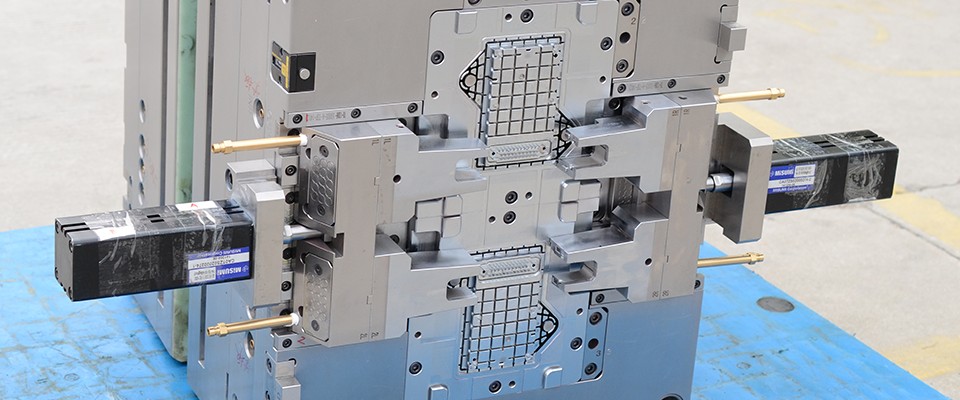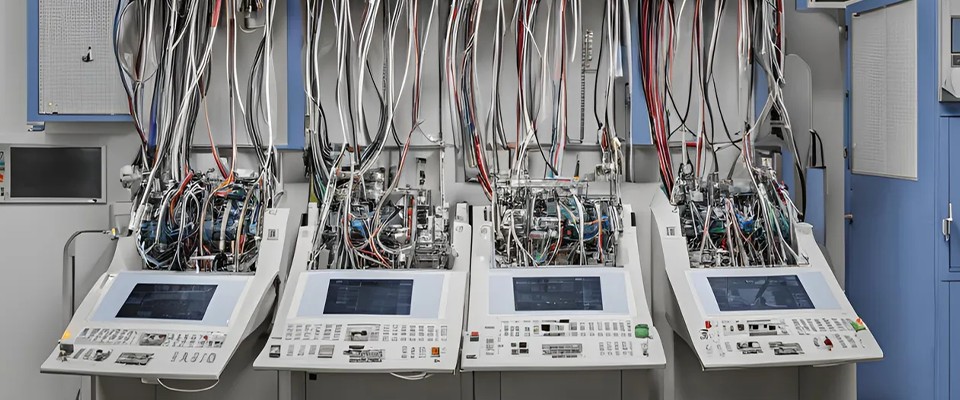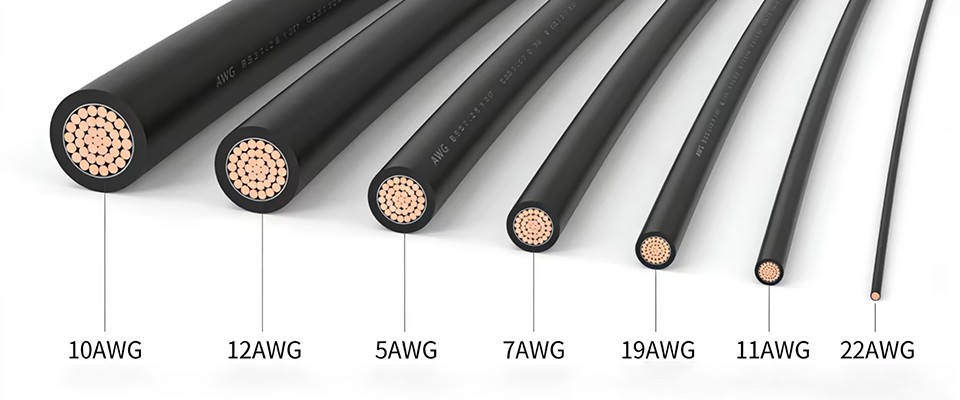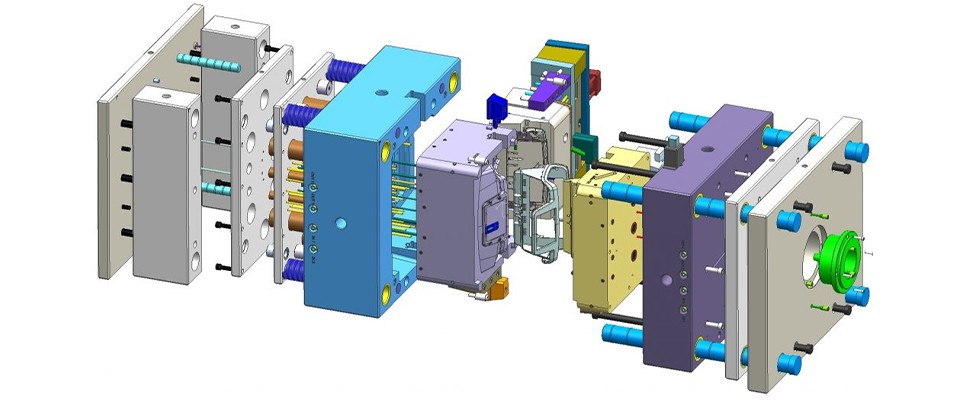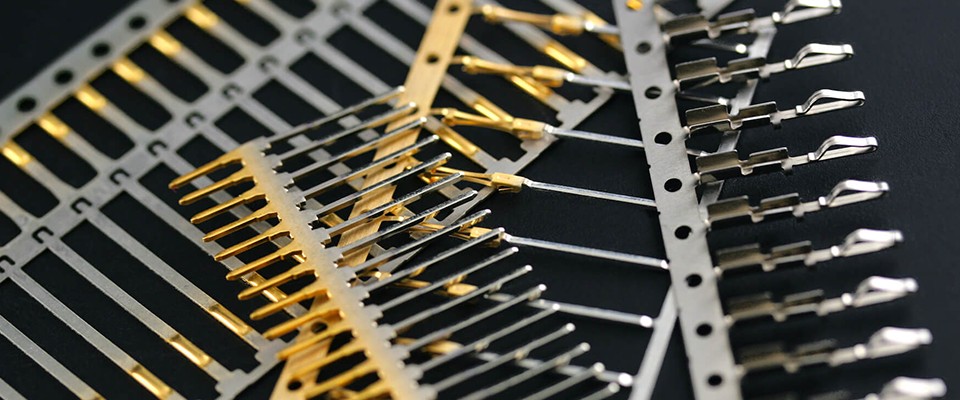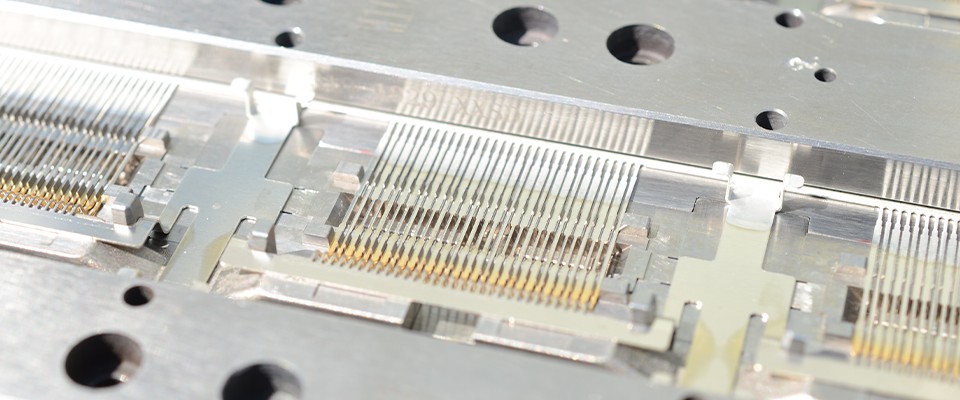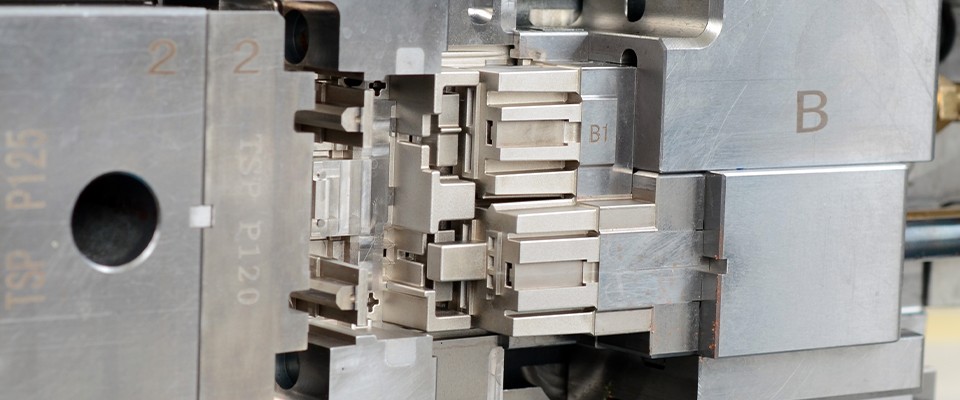Introduction: Perfect Match Between Materials and Molds is Key
In modern manufacturing, injection molding has become an indispensable production process across automotive, industrial control, home appliances, and medical sectors. However, different plastic materials have significant differences in physical properties, processing performance, and application environments, directly influencing mold design, manufacturing precision, production efficiency, and service life.
With years of experience in high-precision mold manufacturing and a global production layout, TSP provides a one-stop solution from material selection to mold delivery, ensuring each product is stable, reliable, and compliant with industry standards.
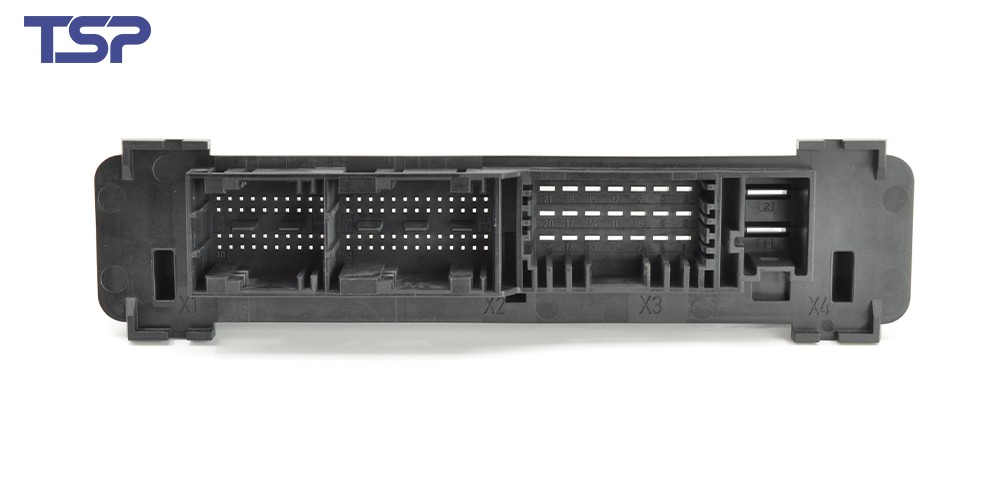
Step 1: Define Function and Application Requirements
Each type of injection molded product has specific functional and performance requirements:
Transparent Parts (e.g., light covers, display panels)
Recommended Materials: PMMA, PC
Mold Design Considerations: high-gloss mirror polishing, appropriate draft angles
Technical Notes: Ensure bubble-free, weld-line-free molding with high optical transparency
High-Temperature Components (e.g., engine bay parts, industrial sensor housings)
Recommended Materials: PBT, PA66, PEI
Mold Design Considerations: high-hardness mold steels, optimized cooling channels
Technical Notes: High heat deflection temperature and long-term thermal stability
High-Strength Structural Parts (e.g., industrial connector housings, medical device brackets)
Recommended Materials: Glass-fiber reinforced Nylon, PA66-GF30/50
Mold Design Considerations: optimized gate layout and venting system
Technical Notes: Impact resistance, wear resistance, high dimensional accuracy
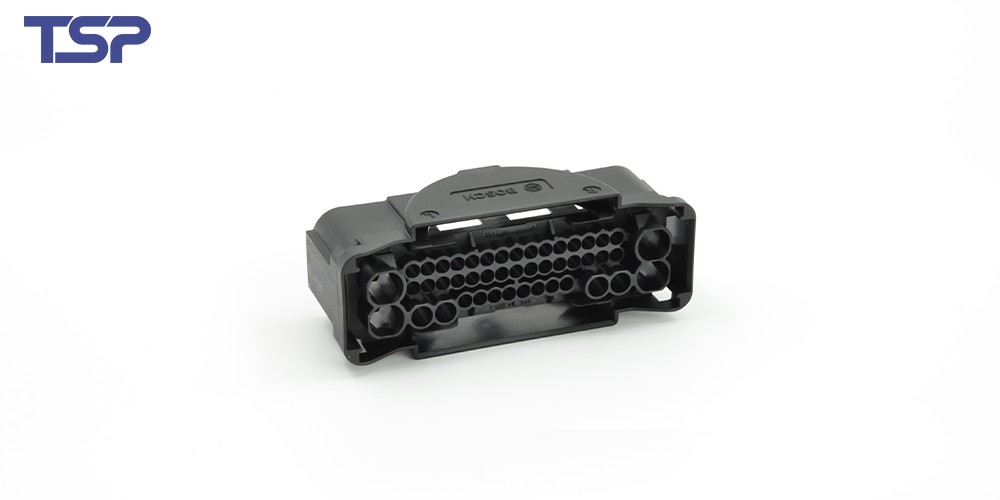
Step 2: Consider Environmental Adaptability
The performance of molded parts in different environments affects material and mold selection:
Outdoor Applications: UV, humidity, extreme temperature variations
Recommendation: UV-resistant, aging-resistant materials, with surface coatings or UV stabilizers
Electronics and Electrical Fields: Fire resistance and flame retardancy
Requirement: UL94 flame-retardant materials, high flowability for complex cavities
Medical and Food Industries: Regulatory compliance
Materials must meet FDA or EU food contact standards; mold surface treatment must be non-toxic
Combining material selection with mold process design can significantly extend product life, reduce maintenance costs, and ensure compliance.
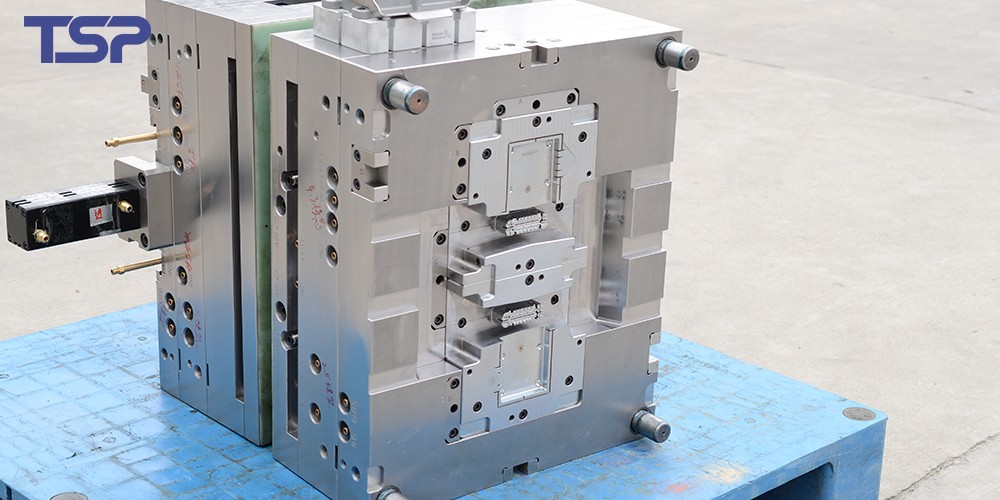
Step 3: Match Material Flowability with Mold Structure
Complex structures, thin-walled parts, and multi-cavity components require high flowability and precise mold design:
Thin-Walled Parts: low shrinkage, high flowability materials such as LCP or PC/ABS
Multi-Cavity Components: balanced runner system and gate layout
Long and Narrow Cavities: proper cooling and venting to avoid short shots and warpage
Using Moldflow simulation and CAD/Pro-E modeling, flow, filling, and shrinkage can be predicted before mold opening, reducing trial costs.
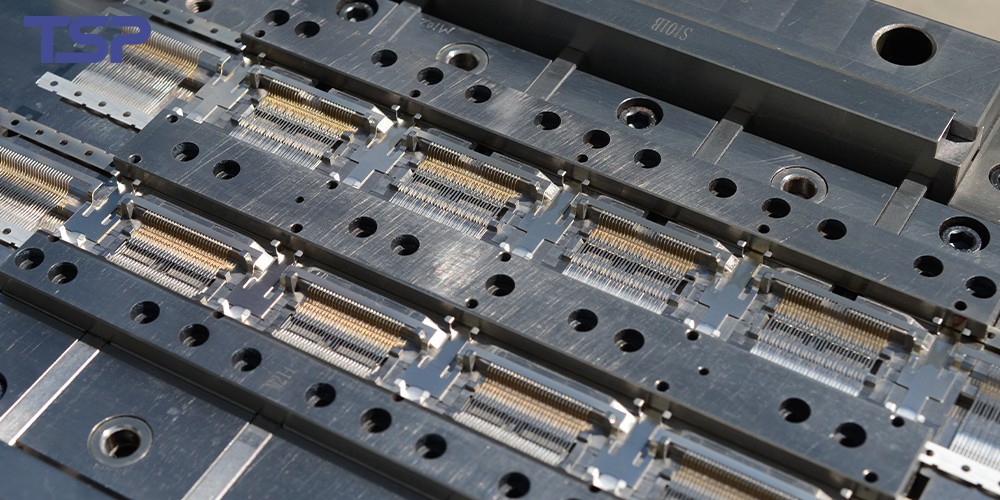
Step 4: Ensure Aesthetic and Surface Quality
The visual effect of a product directly impacts brand image:
High-Gloss Parts
Mold requires mirror polishing, with controlled injection pressure and temperature
Matte or Textured Parts
Achieved via mold etching or sandblasting, no extra coating required
Color Consistency
Select color-stable, easily pigmented materials and maintain constant molding temperature
TSP’s precision polishing and surface treatment technology ensure high-end parts meet international quality standards.
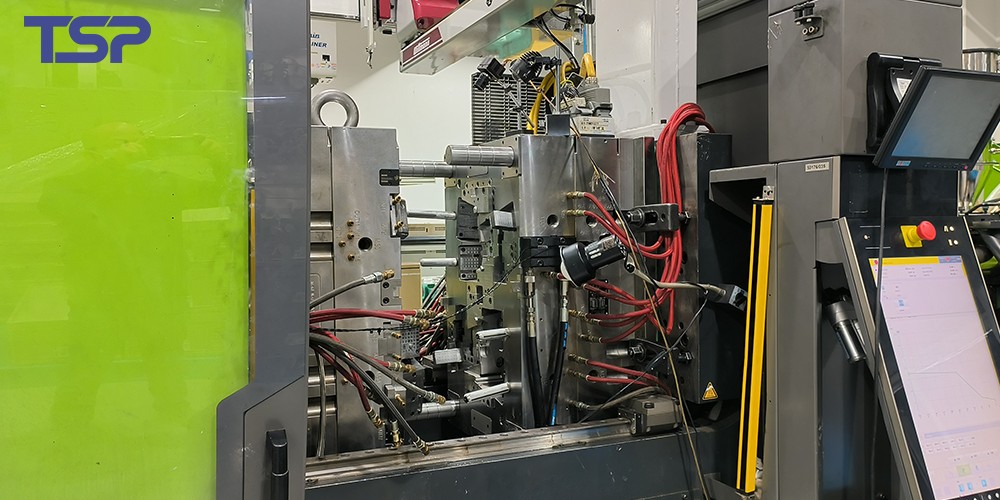
Step 5: Balance Cost and Production Volume
Different production scales require different material and mold strategies:
Small Batch, High Precision Products
Aluminum or soft steel molds reduce initial investment
Large Volume, Long-Term Production
High-hardness steels (e.g., H13, S136) reduce per-piece cost
Environmental and Regulatory Considerations
Biodegradable or recycled materials (PLA, PCR)
Compliance with medical, food, and electronic standards
Scientific cost evaluation allows clients to achieve economical production while ensuring quality.
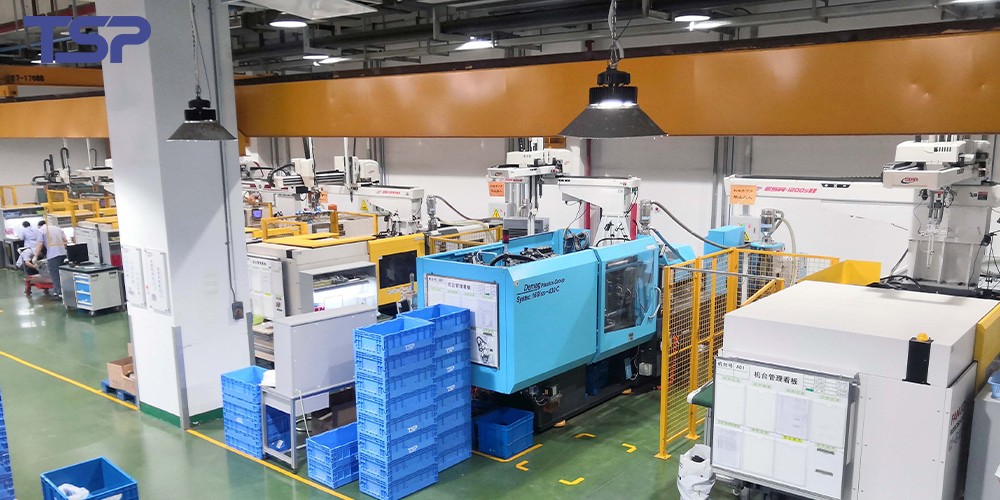
TSP Professional Advantage: One-Stop Service from Material Selection to Delivery
Material Selection & Moldflow Analysis
Use CAD/Pro-E design and Moldflow simulation to predict flow, fill, and shrinkage
Global Production Layout
Manufacturing bases in Mexico and Morocco, technical support centers in Europe and the U.S., enabling rapid response
Full-Chain Quality Control
Including steel inspection, mold precision verification, and product dimensional & performance testing
Multi-Industry Experience
Covering automotive, industrial control, medical devices, consumer electronics, etc.
Continuous Innovation
Providing environmentally friendly material solutions and advanced precision injection molding technology
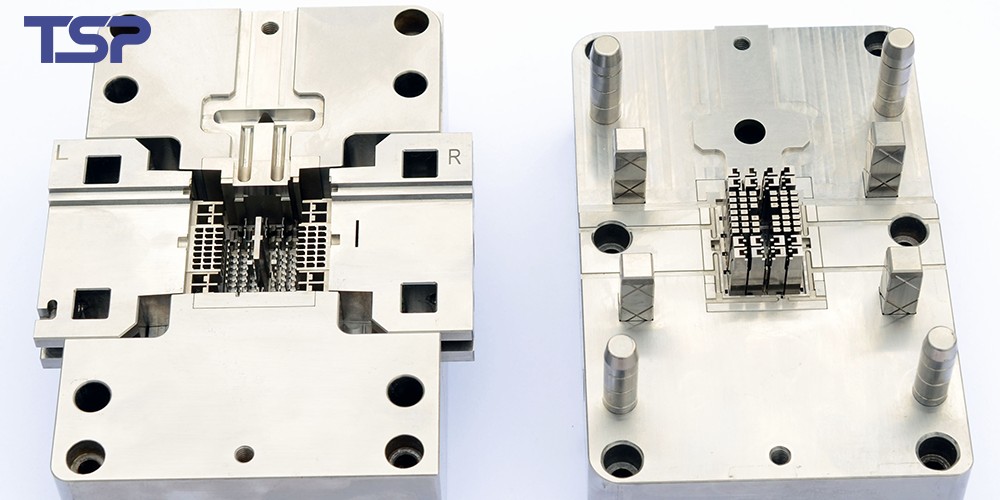
Case Study: Precision Industrial Connector Housing
Material: PA66-GF30
Structure: Multi-cavity terminal block housing
Design Challenges: Thin-walled, high precision, warp resistance, consistent surface texture
Solution: Optimized gate design, balanced cooling, Moldflow simulation verification
Result: Stable mass production, dimensional deviation ±0.05mm, 100% client satisfaction
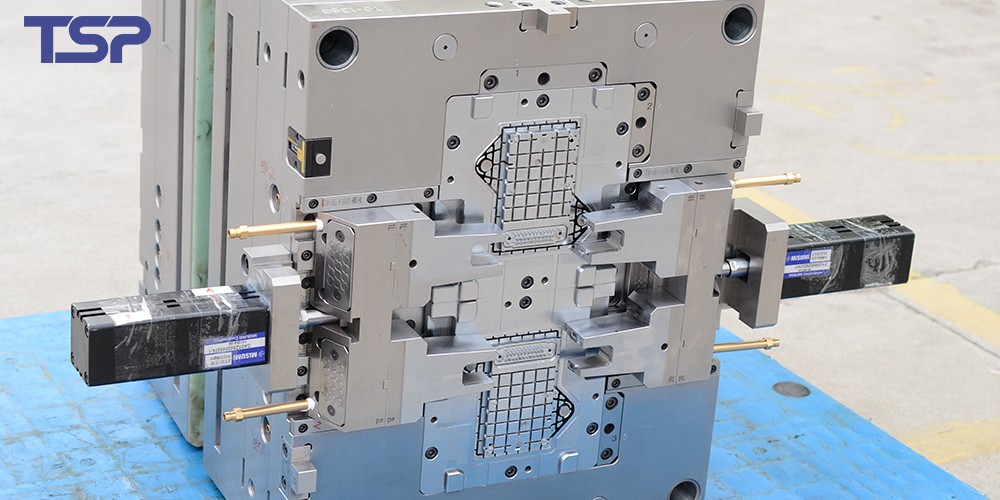
Conclusion: Accurate Material Selection and Mold Matching Achieve Superior Quality
Choosing the right material and pairing it with the appropriate mold is essential for enhancing product competitiveness. TSP continues to provide high-quality, sustainable injection molds and plastic components with a global perspective, precision manufacturing, and innovative design.
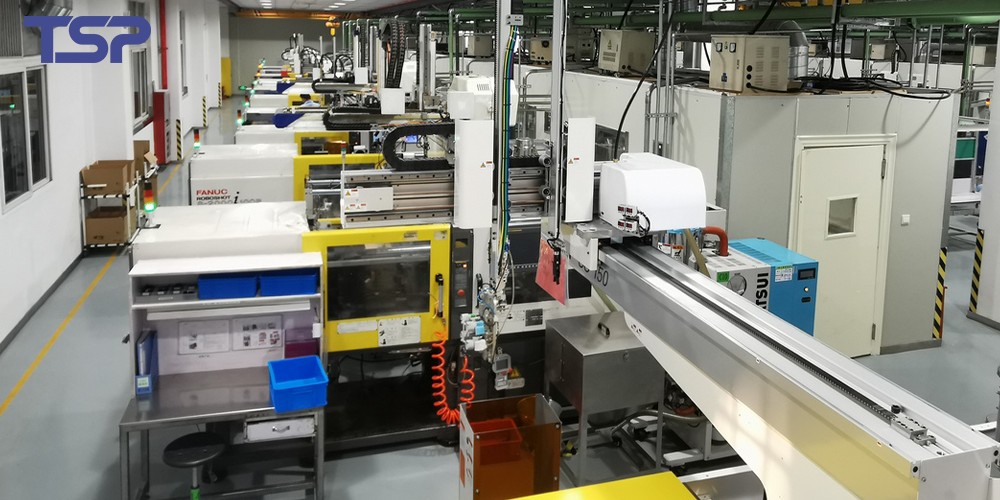
To read more: TSP Shanghai Achieves 1000KW Solar Power Milestone

